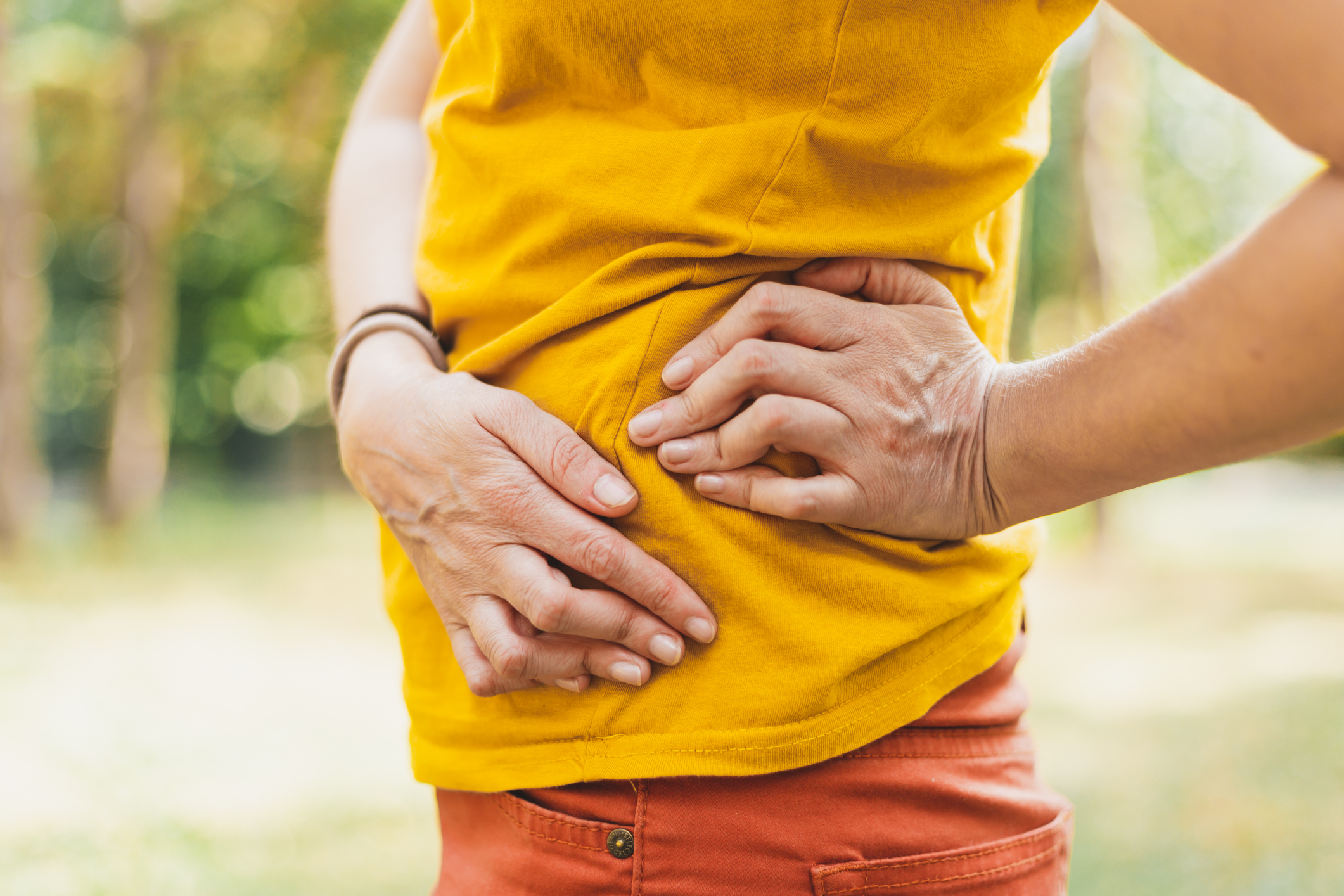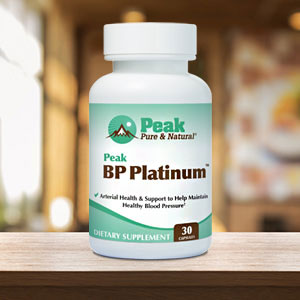Get Easy Health Digest™ in your inbox and don’t miss a thing when you subscribe today. Plus, get the free bonus report, Mother Nature’s Tips, Tricks and Remedies for Cholesterol, Blood Pressure & Blood Sugar as my way of saying welcome to the community!
Why your hips hurt and the supplements that help

If you were to ask me to name the joint in my body that I fear injuring the most, I’d have to say the hip.
Without a functioning, pain-free hip joint, we can’t walk, run, dance or even stand. Living with constant hip pain can change your life, making you dependent and immobile.
What’s challenging is that there are so many different ways in which the hip can be harmed and so many different conditions that can cause pain.
If you’re living with hip pain, it’s important to know the possible causes and to have some safe ways to ease the pain. It’s also important that you talk with your doctor about what’s causing your pain and what can be done to help.
Why are the hips so vulnerable?
You have two hip bones, left and right. Together, they form part of the pelvic girdle, the structure that attaches your trunk to your legs.
Your hip bones have three joints, so there are three places where things can go wrong.
The sacroiliac joint attaches the hips to the bone at the base of your spine. The pubic symphysis is the joint between your left and right hip bones.
The joint we commonly think of as our “hip joint” is where the hip bone connects with the femur (thigh bone) on each side of the body.
4 common causes of hip pain
Depending on what’s making your hip hurt, you might feel discomfort in other places, including the thigh, groin or buttocks.
Here are four common causes of hip pain:
Osteoarthritis. The cartilage that cushions your hip joints breaks down, leaving bones rubbing on bones whenever you move. This causes pain, stiffness and ultimately can cause loss of movement in the joint. When someone has a hip replacement, it’s often due to osteoarthritis.
Trochanteric bursitis. The bursa, or fluid-filled sac, at the outside point of the hip becomes inflamed. Injury, disease, and even posture can be the cause. If you have pain when lying on one side of your body, this could be the cause.
Tendonitis. The tendons that surround the hip become inflamed, irritated, or swollen due to injury, overuse or age, as they lose their elasticity. Tendonitis can lead to immobility because the pain involved in moving the joint can be so intense.
Osteonecrosis. Literally meaning “bone death,” osteonecrosis is a condition that occurs when blood flow to the bone is insufficient. Bone cells die, and the bone itself may collapse. The hip joint is one of the most common sites for osteonecrosis to occur.
Does your hip pain warrant a doctor’s visit?
Hip pain may also be a result of a strained muscle, a dislocated joint or a fractured hip.
While it’s always a good idea to consult your doctor about how to treat hip pain, there are certain times when it’s an absolute must:
- the hip pain came on suddenly.
- a fall or other injury triggered the hip pain.
- your joint looks deformed or there is bleeding.
- you heard a popping noise in the joint when you injured it.
- if you have hip pain at night or when you are resting.
- the pain is intense.
- you notice swelling, redness or warmth around the joint.
- you can’t put any weight on your hip.
- you can’t move your leg or hip.
The bottom line: Take care of your bones and joints
Your hip joints bear your body weight whether you’re sitting, standing, walking or running. To preserve your mobility and independence as you age, you’ll need to take care of your hips. And there are many ways to do that.
Nutrition and supplements. Make sure you’re eating foods that protect your joints from inflammation and help relieve joint pain.
Research shows that omega 3’s found in fish and fish oil supplements can make arthritic joints both healthier and less painful.
Three other nutritional supplements work wonders for keeping your hip joints healthy and pain-free:
Resveratrol. Found in red wine and dark chocolate, as well as in supplement form, this antioxidant supports heart, eye and brain health.
Recently, it’s also been shown to slow the progression of osteoarthritis by activating a gene known as the “longevity gene” and allowing it to protect your body.
Vitamin D. Vitamin D helps maintain adequate levels of calcium and phosphate to keep bones strong.
If you have osteoarthritis and are carrying some extra weight, research shows that maintaining adequate levels of Vitamin D will help you control joint pain and allow you to be more active, which in turn helps control both your weight and your pain.
But few people know that vitamin D affects the body’s inflammation response in a way that lowers the sensation of pain. That makes sense since vitamin D deficiency is tied to an increased risk for pain-related conditions like fibromyalgia and rheumatic diseases.
Vitamin K. Be sure to include plenty of Vitamin K-rich vegetables in your diet, like kale, broccoli, Brussels sprouts and asparagus. Kiwi fruit is also rich in Vitamin K.
Vitamin K is needed for Vitamin K-dependent (VKD) proteins, which are found in your bones and cartilage. Without enough Vitamin K, this protein can’t help your bones and cartilage grow and repair themselves.
Calcium. Your doctor will advise you, based on a bone density scan, if supplementing with calcium is needed.
Keep moving. Weight-bearing exercise is important for keeping your hips strong. Walking, jogging, dancing and most aerobic exercises fit the bill.
Editor’s note: Did you know that when you take your body from acid to alkaline you can boost your energy, lose weight, soothe digestion, avoid illness and achieve wellness? Click here to discover The Alkaline Secret to Ultimate Vitality and revive your life today!
Sources:
Ways to Ease Hip Pain — Web MD
The Hip Bone — teachmeanatomy.info
10 Common Causes of Hip Pain and When to Seek Treatment — Illinois Bone & Joint Institute
Trochanteric bursitis — Cleveland Clinic
The hip joint: big, powerful and important — susaningraham.net














